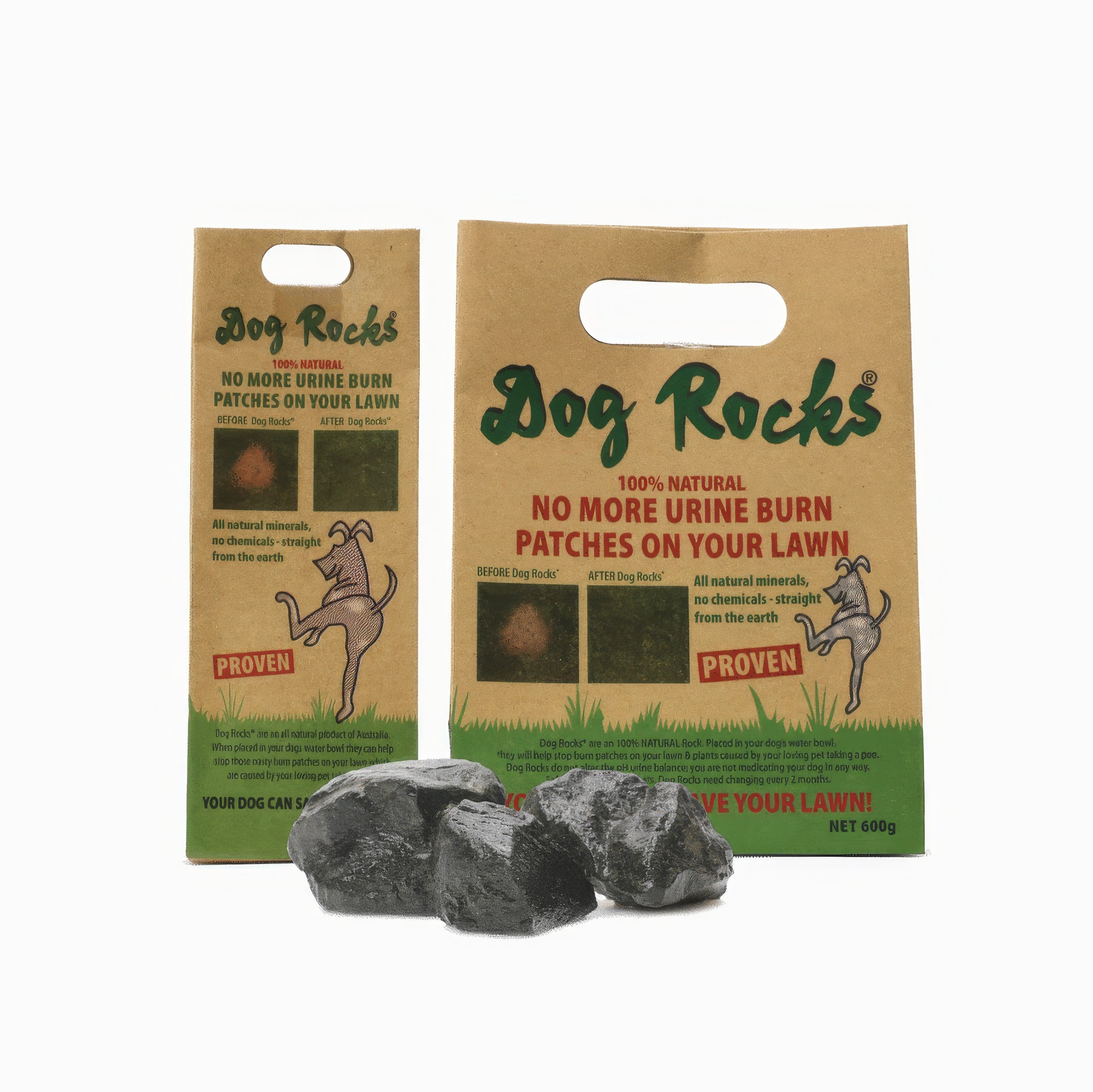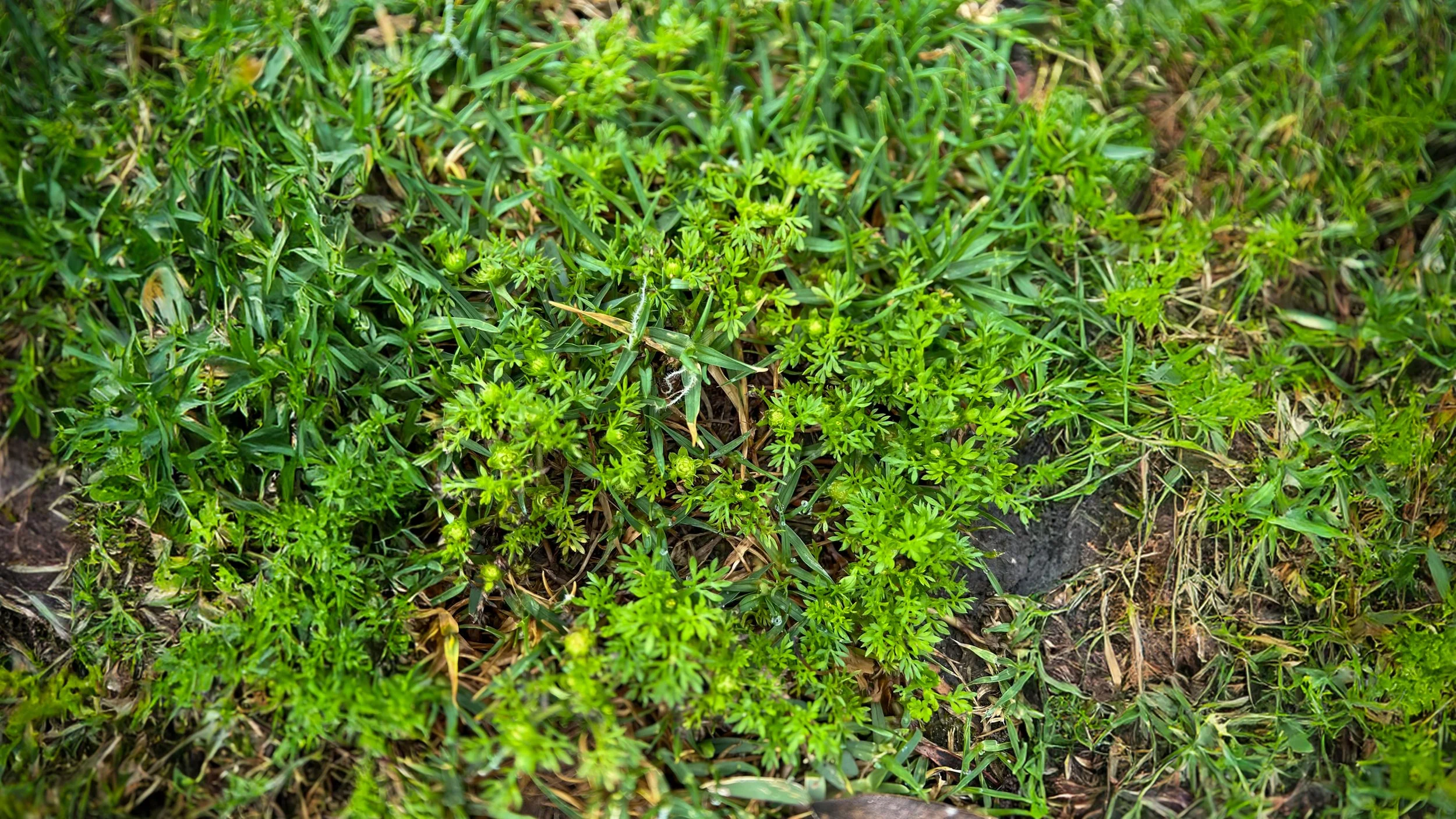Paspalum, Summer Grass and Crowsfoot in Canberra Lawns: How I Identify, Prevent, and Control Them
G’day, Nikolai here from The Lawn Firm. If coarse clumps shoot above your lawn in warm weather, you may be dealing with paspalum, summer grass, or crowsfoot. I see these grassy weeds across Canberra every year. They spread fast and steal space from healthy turf. Here’s my simple plan that works.
What each weed looks like
Paspalum: Broad, coarse leaves; thick clumps; seed heads on tall stems with bead-like rows.
Summer grass (Digitaria): Soft, spreading mats; flat stolons; star-shaped seed heads close to the canopy.
Crowsfoot (goosegrass): Low, tough rosettes; dark, upright leaves; fingered seed heads on short stems.
Why these weeds thrive in Canberra
Heat and summer rain trigger germination and rapid growth.
Compacted clay weakens turf roots and opens space.
Low mowing or scalping lets light hit the soil surface.
Dry patch creates bare zones where seeds establish.
When they are most active
Germination starts in late spring.
Growth peaks in summer and early autumn.
We plan to control outbreaks before the seeds set.
Fast field checks we use
Height check: Weeds outgrow the lawn within days after mowing.
Texture check: Coarser, thicker leaves than your turf.
Seed head check: Distinct shapes (beaded rows, star heads, or fingered spikes).
Clump pattern: Patches form in open, sunny, compacted areas.
Prevention beats cure
Raise mowing height in warm months to shade the soil.
Fertilise on a seasonal schedule to keep density high.
Core aerate in spring or autumn to relieve compaction.
Use wetting agents to reduce dry patch and improve penetration.
Overseed and light top dress thin areas so grass closes the canopy.
Pre-emergent timing in spring helps block summer-germinating grassy weeds.
Control once plants are visible
Hand removal (isolated clumps): Water first. Work a narrow trowel under the crown and lift the entire plant. Remove runners and roots.
Targeted control (wider spread): Use a selective approach suited to grassy weeds. Apply on actively growing plants. Follow up, as new seedlings can appear through the season.
Edge discipline: Trim edges cleanly; remove seed heads before they drop into garden beds and paths.
Aftercare to stop regrowth
Rake out dead material so turf can move in.
Top dress 5–8 mm with fine sandy loam to level small scars.
Overseed to fill gaps quickly.
Light fertilise to support new shoots.
Water deeply, not often to train roots down and keep coverage strong.
Common mistakes we fix
Scalping to “cut weeds out” - this weakens turf and boosts germination.
Pulling tops only - crowns and runners remain and regrow.
Random spraying with the wrong type or timing.
Skipping aeration - compaction keeps inviting new weeds.
My ACT timing guide
Spring: Aerate compacted zones; start pre-emergent; fix thin patches.
Summer: Maintain mowing height; spot-remove clumps; use wetting agents; water deeply.
Early autumn: Remove late survivors; overseed; light top dress; steady feed.
DIY or call The Lawn Firm?
You can lift a few clumps yourself. For lawn-wide outbreaks, sequence and timing decide the result. I assess your site, choose the right approach for paspalum, summer grass, and crowsfoot, then line up control, aeration, overseeding, top dressing, wetting agents, and fertilising so your grass wins the space back - fast.









